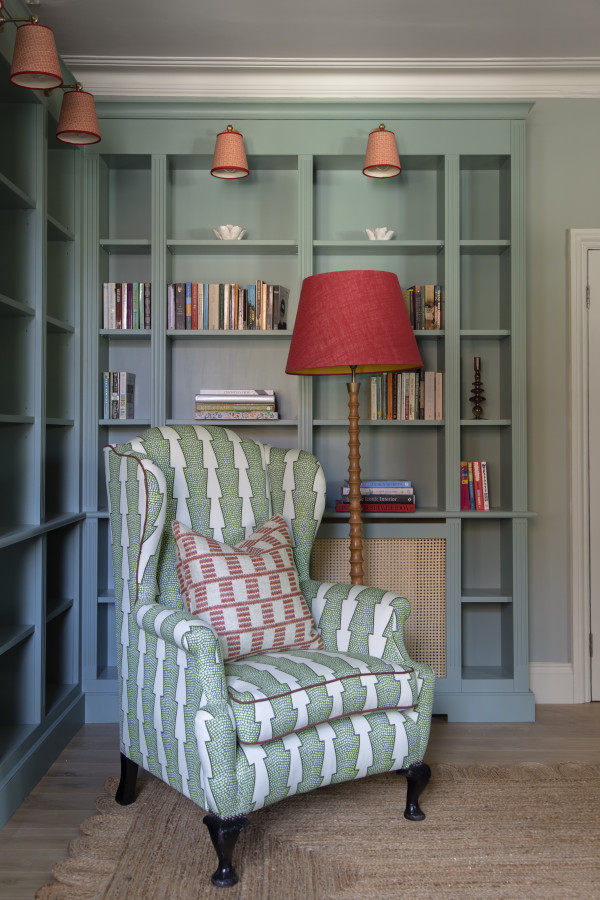Symmetry in Design: the secret to stunning interiors
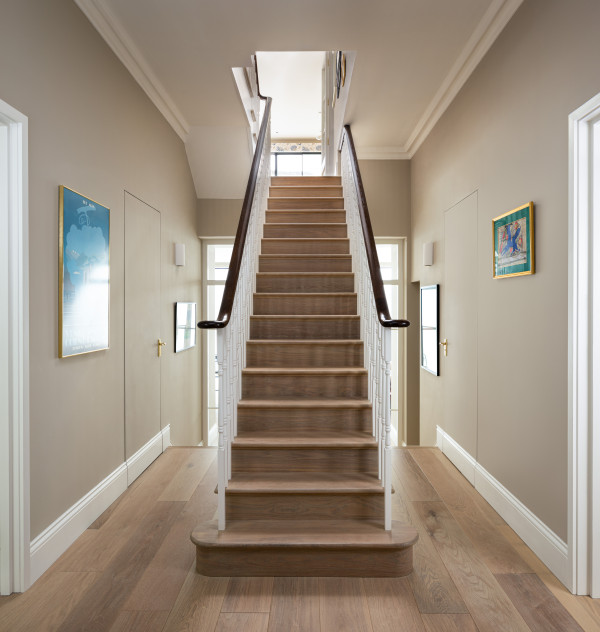
How creating and utilising symmetry can elevate interiors
From the iconic shots of Wes Anderson films to the subtle markings on a butterfly’s wings, symmetry surrounds and fascinates us. So, it’s no surprise that we frequently see symmetry deployed in interior design, helping to elevate even modest homes, or accentuate ambitious designs.
In this blog, we showcase uses of symmetry in Paint the Town Green projects, explore why – and what – makes symmetry so pleasing and how you can employ this in your own interior design projects for maximum effect.
Why Symmetry Works
Symmetry is everywhere in nature where it aids balance and reciprocity: we see it on a butterfly’s wings, a flower’s petals, and even the human face and body with two eyes, arms, and legs.
So much like we gravitate towards the golden ratio in art, it’s perhaps only natural that we seek out symmetry in man-made objects too. Many of the world's modern wonders use symmetry, such as the Taj Mahal.
Beyond a basic call to nature, many believe that the human drawing to symmetry stems from a deeper psychological need to find patterns in the everyday. We are comforted by conformity.
With increasingly busy lifestyles, something as simple as a matching set of bedside lamps promises simplicity and reliability.
In his best-selling book, physicist and novelist Alan Lightman said:
“I would claim that symmetry represents order, and we crave order in this strange universe we find ourselves in. The search for symmetry, and the emotional pleasure we derive when we find it, must help us make sense of the world around us, just as we find satisfaction in the repetition of the seasons and the reliability of friendships. Symmetry is also economy. Symmetry is simplicity. Symmetry is elegance.”
With an inherent human desire for balance and order, it’s no wonder we appreciate symmetry in our homes.
Using in-built symmetry
Luckily for interior designers, homes are often built symmetrically – or include focal points for symmetry, such as fireplaces, feature windows or staircases.
When highlighting pre-existing symmetry, it’s important to strike the correct balance: acknowledging the pattern and drawing attention to its features whilst avoiding excess or awkwardness.
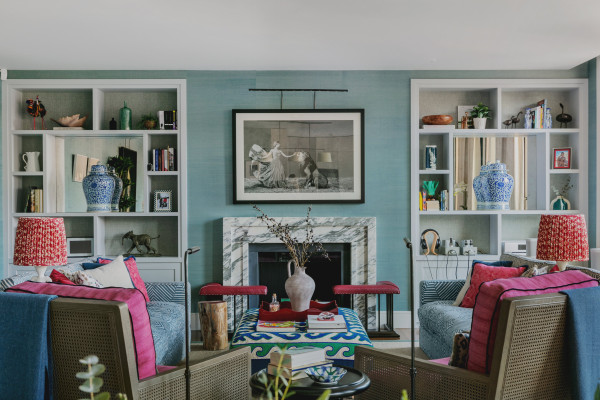
For example, in a room with identical shelving arrangements on either side of a focal point, it helps to include non-matching ornaments or picture frames to avoid a room appearing clinical or predictable.
Creating symmetry
When there is no inherent symmetry, there is often a more profound statement made by achieving it.
Here, it’s important to acknowledge three types of symmetry:
- Symmetrical balance
- Asymmetrical balance
- Radial symmetry
Symmetrical balance is easy to achieve, for example, using a focal point such as a bed, and building out symmetry from this with identical complimentary furniture or furnishings such as bedside tables and cushions.
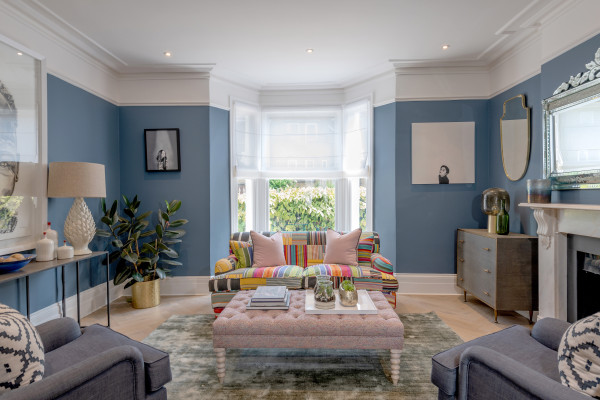
Similarly, asymmetrical balance can be achieved with furniture. However, in this case, ‘balance’ is achieved with non-identical furnishings such as two chairs opposing one couch.
The final type, radial symmetry can be achieved with simple decoration: geometric or regularly patterned wallpaper can create a harmonious design in smaller, non-standard spaces such as bathrooms under stairs.
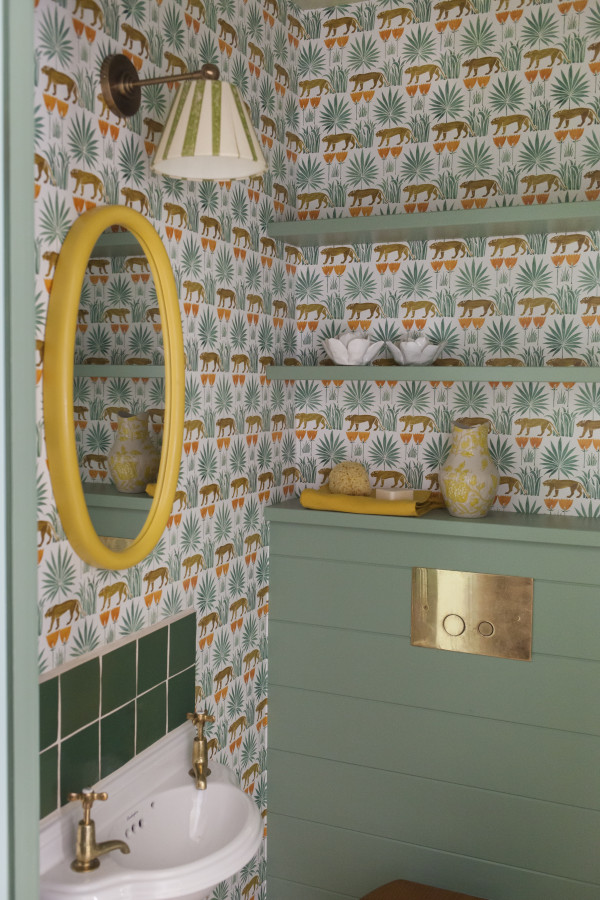
Breaking rules
Of course, sometimes rules are made to be broken. And whilst symmetry is generally pleasing to the eye, purposeful asymmetry can have a striking effect on the design of a room which might otherwise appear staid and boring.
Here, tall lamps are often used as their warmth can counteract any awkwardness from asymmetry, drawing attention to a single chair and creating a natural focal point of a room.
